How to Make a Balance Sheet: 5 Steps for Beginners
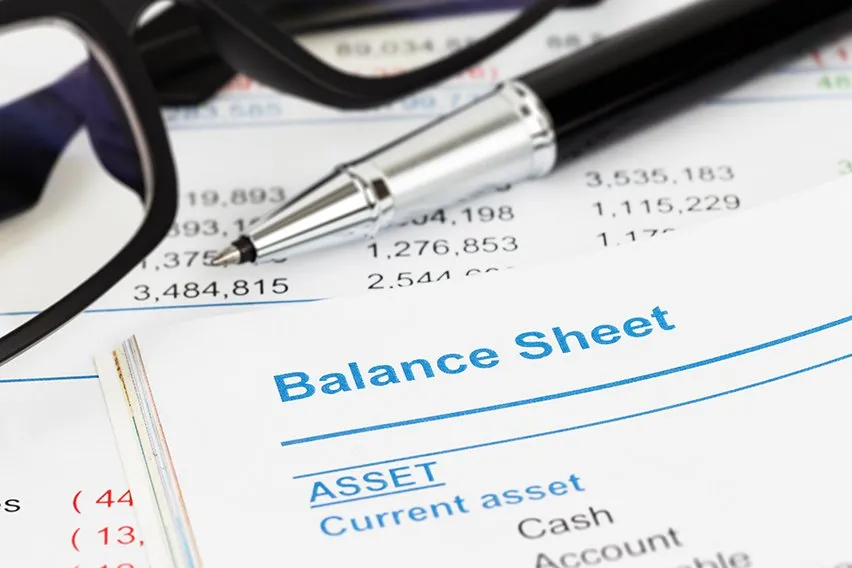
Financial statements are an important part of any business. There are three common financial statements for all companies. They are the balance sheet, the income statement, and the cash flow statement. The entire point of generating these statements is for distribution. As a business owner, you may provide them to potential investors, or to financial analysts.
One of the most important financial statements is the balance sheet. Of the three, some may argue that it’s the most important statement generated. If you’ve never made a balance sheet, we’re here to help. We’re covering the balance sheet basics, and teaching you how to make one in 5 steps. Keep reading to find out more!
Here’s What We’ll Cover:
Preparing a Balance Sheet in 5 Steps
What if My Figures Don’t Balance?
What Is a Balance Sheet?
A balance sheet is one of the three common financial statements released by a business. They communicate the business’s book value, or what it’s worth. They do this by subtracting all of a company’s liabilities and shareholder equity from its assets. This information is collected over a specific period of time. This can be on a monthly basis, or quarterly basis. Often, a reporting period is the same as a company’s accounting period. This time period is important to understand for your company when preparing a balance sheet.
When reviewing a balance sheet, a number of things can be assumed or discovered. Internal and external analysts can determine how a company is performing in the current period. They can also assume how it will perform in the near future, or how it has performed in a previous period.
The Balance Sheet Formula
Balance sheets tend to follow a uniform formula. The majority of them are organized using the below balance sheet formula:
Assets = Liabilities + Shareholders’ Equity
In this equation, each category represents different financial information for a business. You can learn more about each category below.
Business Assets
Business assets are anything that a company owns with some quantifiable value. This means that during liquidation, the property could be turned into cash. For the most part, these are goods and resources owned by a company. Assets can be broken down in a few different ways, depending on what assets your business has.
- Current Assets: Anything that a company expects to make money from within a year. These are also called short-term assets. This can consist of cash, cash expenses, prepaid expenses, inventory, and accounts receivable.
- Non-Current Assets: May also be called long-term assets. A non-current asset is a long-term investment, meaning money won’t be made from it within a year. This can consist of land, property, equipment, trademarks, or intellectual property.
- Tangible Assets: Any assets that can be physically represented. This asset category includes property, equipment, land, and inventory. It’s anything that’s tangible, hence the name.
- Intangible Assets: Any assets that aren’t physically represented. This can include a number of things, like intellectual property or data. Because of technology, many assets are digital, making them intangible.
A standard balance sheet will include all of these assets on it, if a business has any of them. Anything that a business can make money from during liquidation is an asset.

Business Liabilities
These are the opposite of assets. They’re anything that will cost a business money during liquidation. These may be referred to as business expenses in some cases, but rarely. For the most part, liabilities include all forms of debt, as well as all operational expenses. There are two types of liabilities on a balance sheet.
- Current Liabilities: Any money owed within one year. These are also called short-term liabilities, or short-term debt. It includes accounts payable and other accrued expenses.
- Non-Current Liabilities: Any money owed that doesn’t have to be paid within a year. May also be referred to as long-term debt. These include leases, bonds payable, and loans (like a bank loan or business loan).
Any liabilities that a business has needs to be included on a balance sheet. Balance sheets can only balance if all liabilities are represented.
Shareholders’ Equity
This refers to the general net worth of a company. It reflects the amount of money that would be left over if a company were to sell all of its assets and pay its debts. This figure represents a balance that belongs to a company’s shareholders. Those shareholders may be the business owners, or the actual shareholders if a company is publicly traded. Shareholders’ equity can also be referred to as owner’s equity.
When trying to determine shareholders’ equity for the balance sheet formula, use the following equation:
Shareholder’s Equity = Assets – Liabilities
This simple formula gives you the shareholders’ equity of a company quickly.
Preparing a Balance Sheet in 5 Steps
Now that you know all of the basics for determining a balance sheet, it’s time to put the information to use. Making a balance sheet can be done in 5 simple steps.
1. Define a Reporting Period and Reporting Date
The first thing to make any financial statement is determining the data you want to look at. A company’s balance sheet is used to determine financial data for a company for a specific date. As such, you’ll have to choose your date, and the reporting period you want to use. The report date is normally the last day of the reporting period.
Most companies choose to report on a quarterly basis. This means that the report date is the last day of the quarterly period. For example, if you choose to report during the first quarter, your report date is March 31st. Your reporting period is quarter one of the year.
2. Gather Your Assets
Once the reporting period has been selected, you’ll start gathering your financial data. The first category you want to start with is your company’s assets. Balance sheets list assets on a line-by-line basis as well as a totalled figure. This lets any person reviewing the report identify where your assets are coming from, and what they are. Assets will normally be split into two categories.
Current Assets
- Cash and cash equivalents
- Short-term securities
- Inventory
- Accounts receivable
Non-Current Assets
- Long-term securities
- Property
- Goodwill
- Intangible assets
These should be subtotaled on the sheet, then totalled together as total assets for the company.
3. Gather Your Liabilities
The next step of the process is gathering your liabilities. This process is the same as gathering your assets. You’ll have to find all of your assets for the reporting period, then list them in categories. See these categories below.
Current Liabilities
- Accrued expenses
- Accounts payable
- Deferred revenue
- Short-term debt
- Current portion of long-term debt
Non-Current Liabilities
- Deferred revenue
- Long-term obligations (like leases)
- Long-term debt
Once these are gathered, you’ll subtotal them in the above categories. Then, you’ll total all of your liabilities into a single figure.
4. Determine Shareholders’ Equity
If a company is owned by a single person, this portion of the sheet is easy to calculate. Most small businesses will refer to this section as owner’s equity. However, for larger companies, shareholders’ equity may consist of the following.
- Common stock
- Preferred stock
- Treasury stock
- Retained earnings
5. Add Liabilities to Shareholders’ Equity, Compare to Assets
Once all of your information is gathered, you’re ready to start balancing. Compare your total assets to liabilities plus equity. The figure should be equal. This is how balancing works for a company.

What if My Figures Don’t Balance?
The basis behind this financial statement is that the information will balance. If your figures aren’t balanced, then there could be any number of problems. As such, you’ll have to go back and figure out where the error is coming from. Consider the following issues if your balance sheet isn’t coming outbalanced.
Incomplete Data
Incomplete data can contribute to a sheet that refuses to balance. When you’re missing liabilities, assets, or equity data, you’ll find it impossible to get the correct figure.
Incorrectly Entered Transactions
Sometimes, finding an error can be easy. A transaction that is off by a single keystroke is common, and is generally identifiable. These errors are bold, and they stand out easily.
Errors in Numerical Figures
For retail businesses, inventory quantity can be a large issue on the balance sheet. Many accounting software options will update financial information for inventory based on quantity. Another numerical figure that can be miscalculated is currency exchange rate. If the incorrect rate is used, the sheet will never balance.
Miscalculations
These are the most frustrating errors on a balance sheet, because they require starting over. When calculating things like depreciation or equity, be sure to be thorough and double check your math. Otherwise, you’ll be starting from the beginning frequently.
So what should you do if your statement won’t balance? Unless the error is obvious, it’s sometimes easier to start over. Sifting through all of the documents for a balance sheet can be time consuming. Verify that all of your information is present, and start from scratch. However, sometimes the easiest solution is using great accounting software. The best options will give you all the information you need, and generate statements for you.
Key Takeaways
If you’re looking to see where your business stands, a balance sheet can help you do that. It’s the most important statement out of the big three. As such, knowing how to make one is crucial for any business owner. If you need more information like this, be sure to check out our resource hub! It’s full of helpful information just like this.
RELATED ARTICLES

 Debt Vs Equity: What’s the Difference?
Debt Vs Equity: What’s the Difference?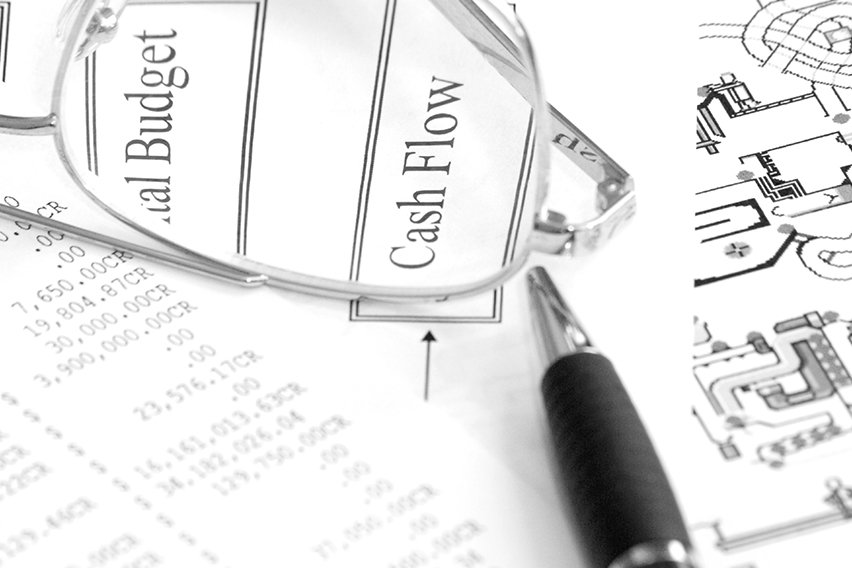 Cash Flow Statement Indirect Method: What It Is & How to Prepare?
Cash Flow Statement Indirect Method: What It Is & How to Prepare?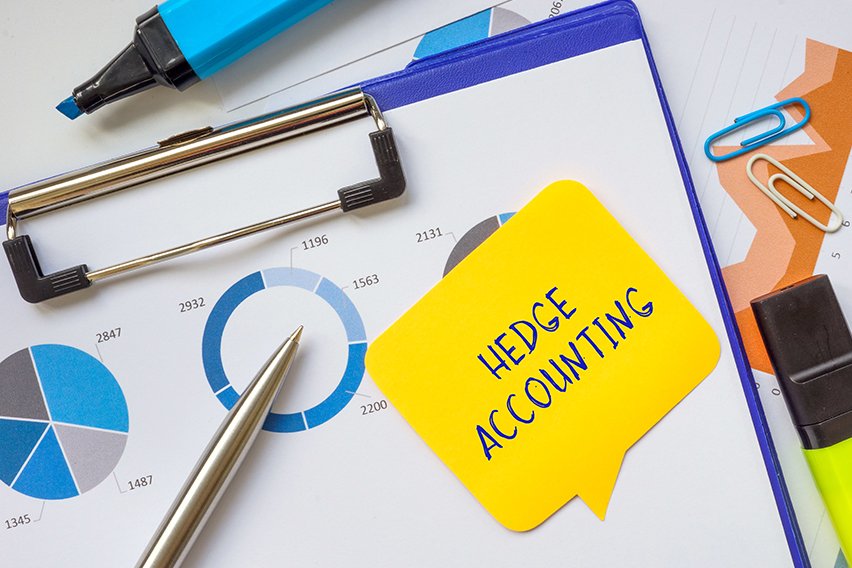 Hedge Accounting: Definition & Guide
Hedge Accounting: Definition & Guide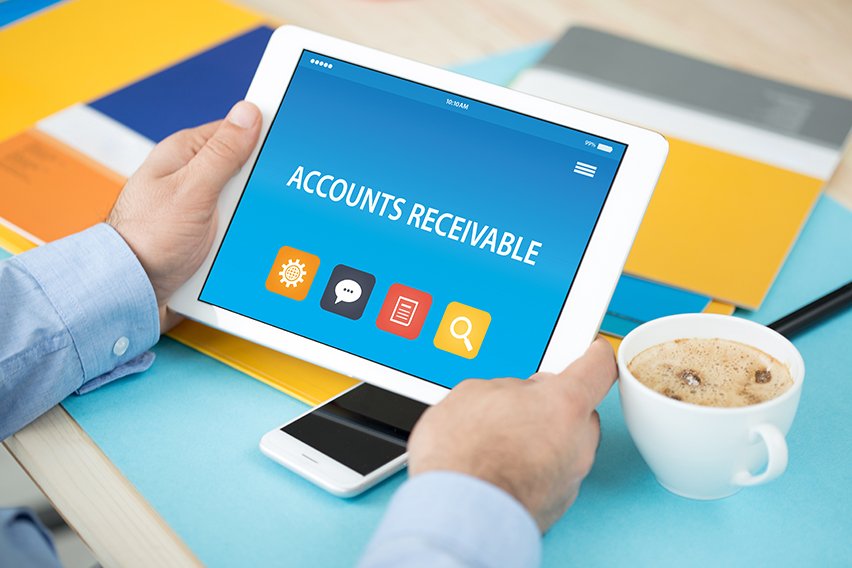 Accounts Receivable Management: 6 Best Improving Tips
Accounts Receivable Management: 6 Best Improving Tips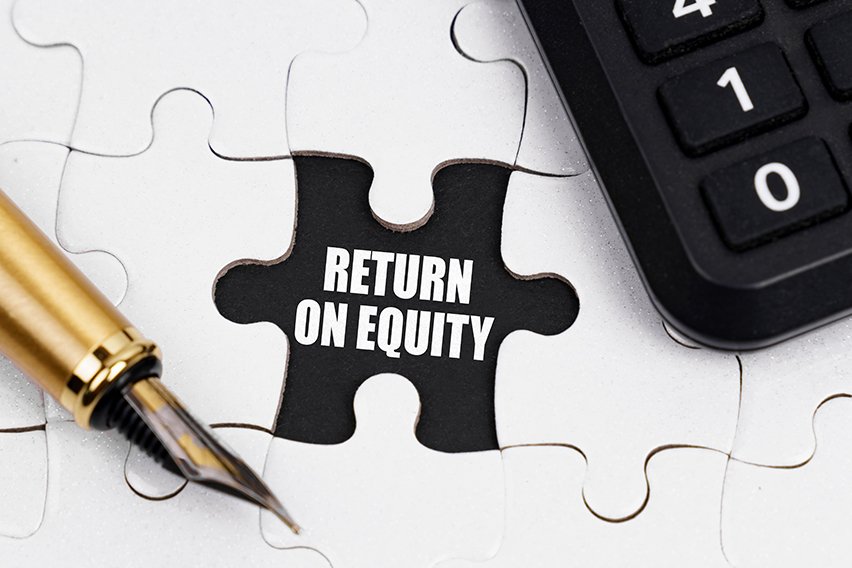 What Is Return on Equity (ROE)? Definition & Calculation Guide
What Is Return on Equity (ROE)? Definition & Calculation Guide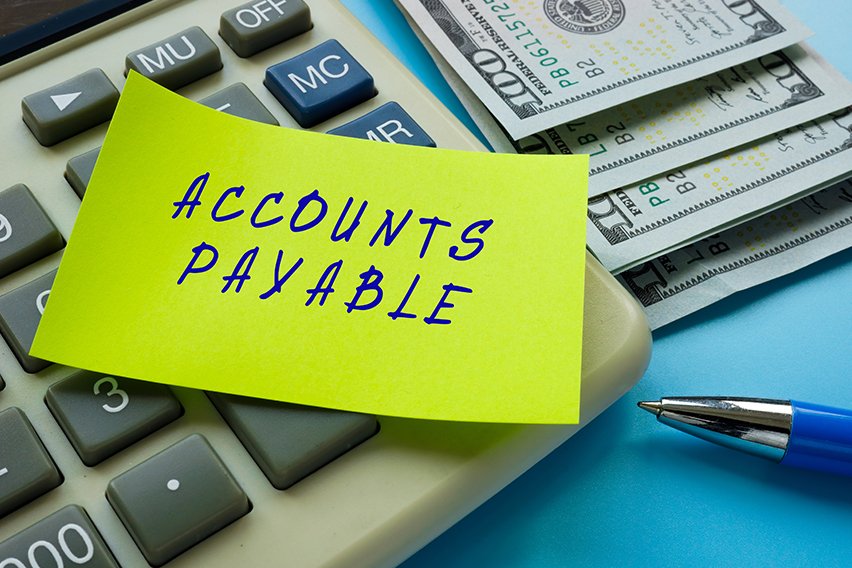 What Is Accounts Payable Automation & 3 AP Automation Software
What Is Accounts Payable Automation & 3 AP Automation Software